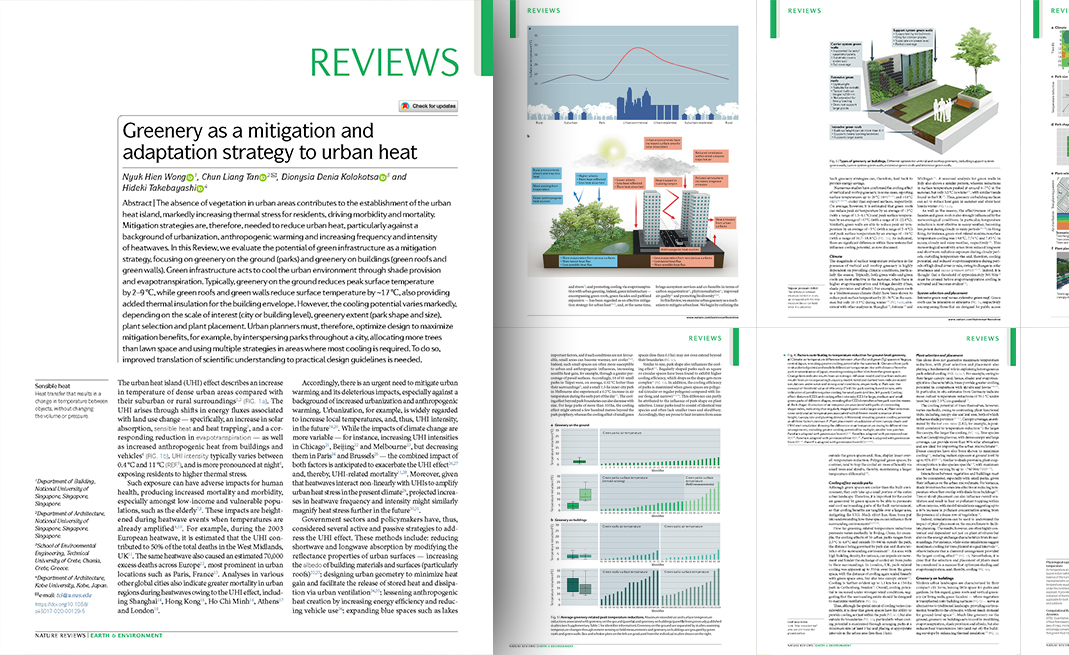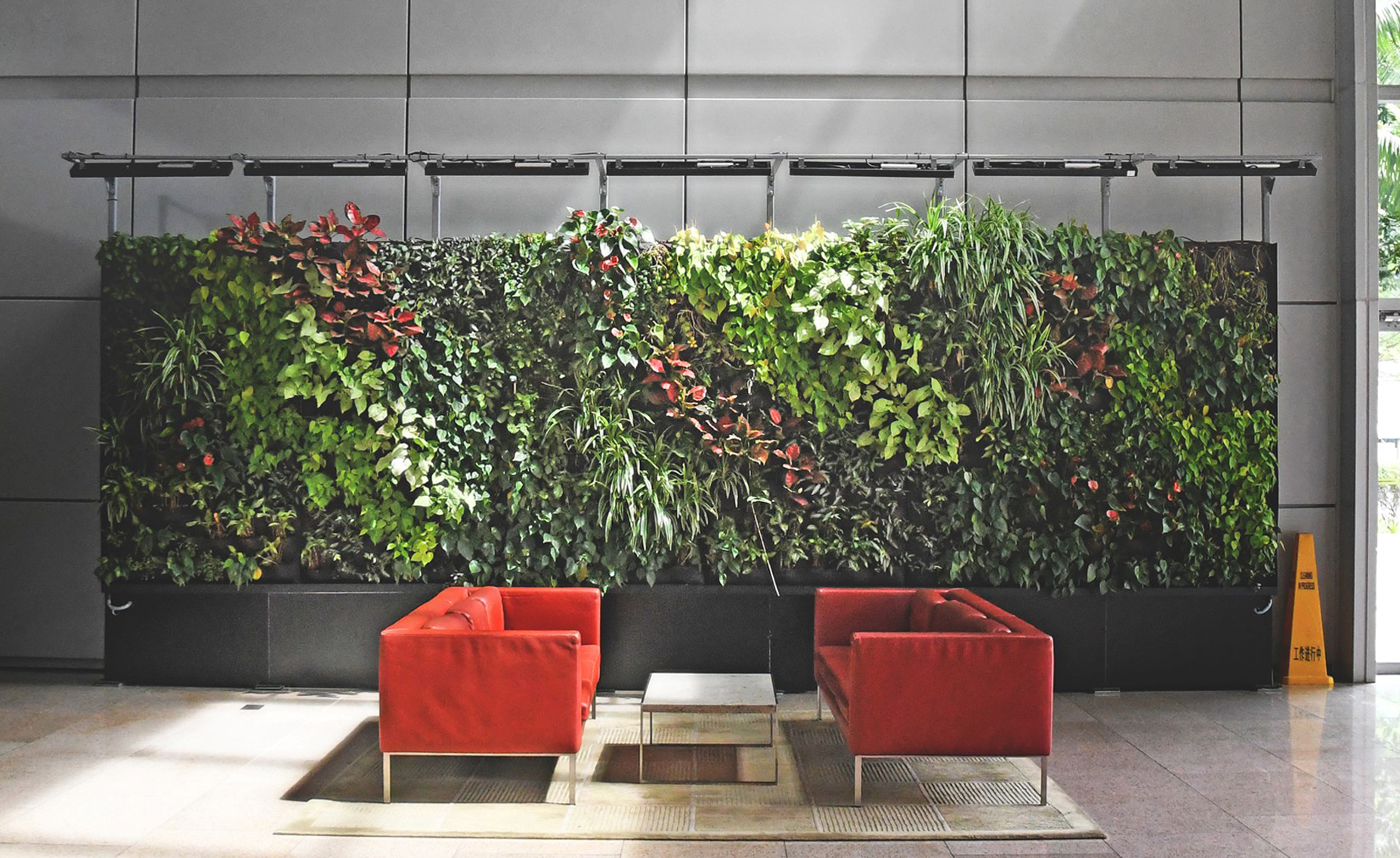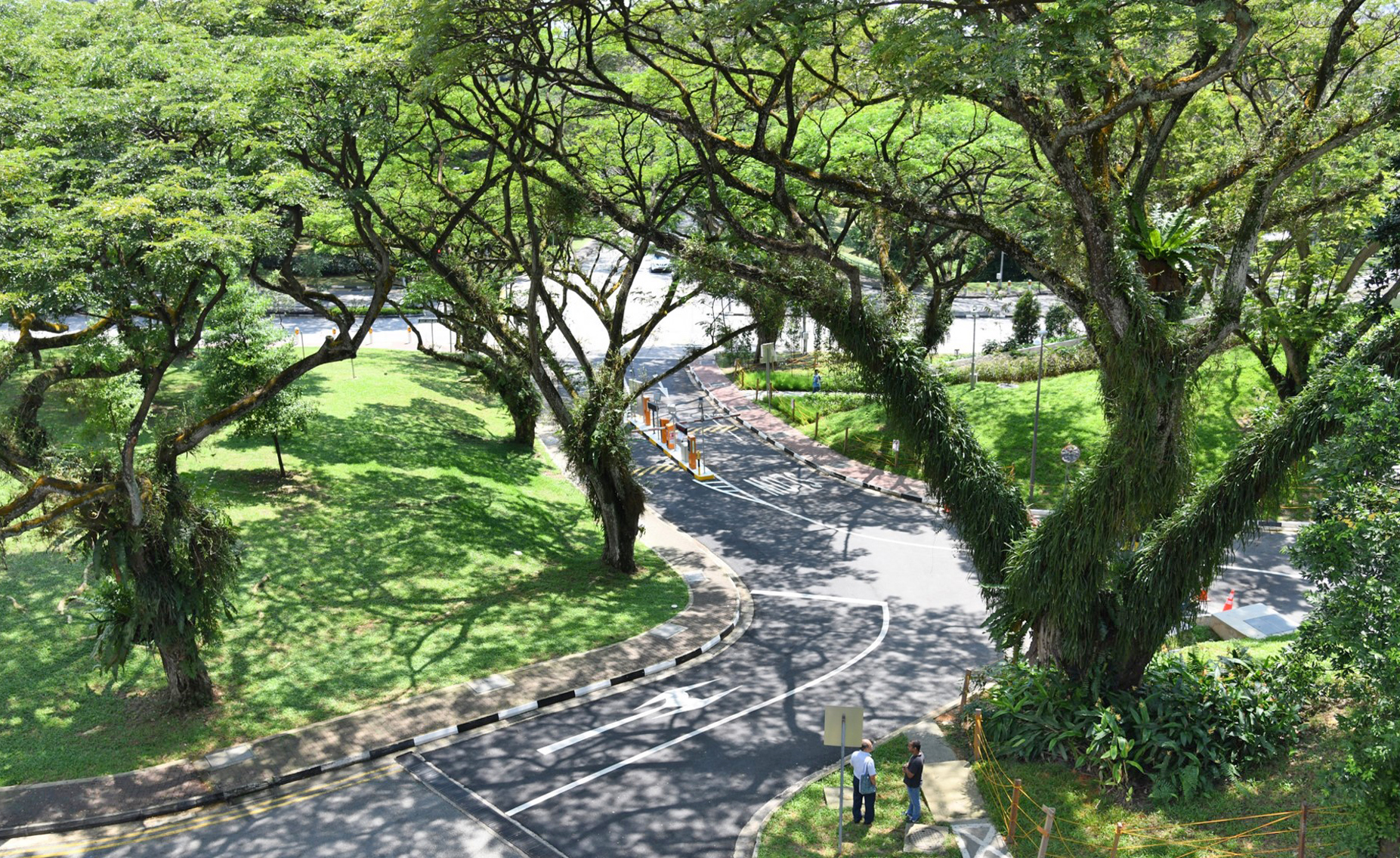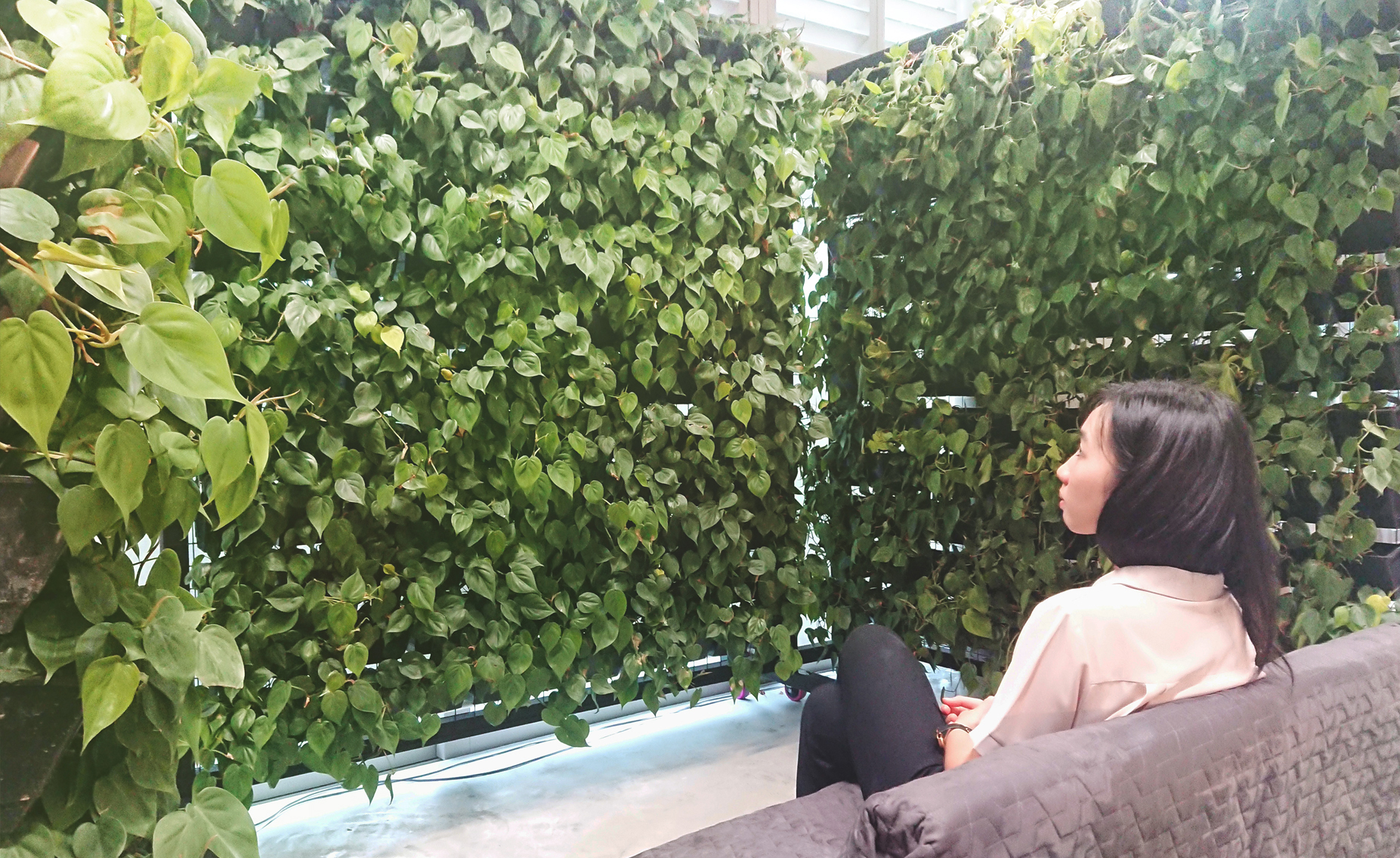Terrence TAN Chun Liang (Dr)
Senior Lecturer| Programme Director, BLA (Educator Track)
Dr Tan graduated from the NUS BA (Architecture) and Master of Architecture programmes and received his doctorate from the Department of Building where he was appointed as Research Fellow since 2017. He is the PI /Co-PI of various research projects with government agencies and industry partners focusing on urban greenery. His research interests include ground level greenery, vertical and rooftop greenery, urban climatic mapping and simulation, as well as Landscape Design Optimisation.

This book provides an introduction to the various technologies and techniques that facilitate the urban greening process. Each chapter introduces the concept of urban greenery at different scales (city, precinct and plant), as well as relevant methods and considerations for implementation. Assessment frameworks are provided to maximise the benefits of greenery, whilst minimising disservices associated with poor planning, execution or maintenance of greenery or greenery systems. Tan, C. L. (2023). Urban Greening Techniques: An Introduction (Vol. 6). World Scientific.

This paper reviews the potential of green infrastructure as a mitigation strategy, focusing on greenery on the ground (parks) and greenery on buildings (green roofs and green walls). The cooling potential of greenery varies markedly, depending on the scale of interest (city or building level), greenery extent (park shape and size), plant selection and plant placement. This paper looks into the various methods to maximise the cooling effects of greenery in the built environment. Wong, N. H., Tan, C. L., Kolokotsa, D. D., & Takebayashi, H. (2021). Greenery as a mitigation and adaptation strategy to urban heat. Nature Reviews Earth & Environment, 2(3), 166-181.

Studies on the integration of greenery with the built environment. This includes both indoor as well as outdoor spaces. Studies include PV and green roof hybrid systems, minimum lighting levels for indoor greenery, and development of workflows and digital tools for Landscape Design Optimisation.


